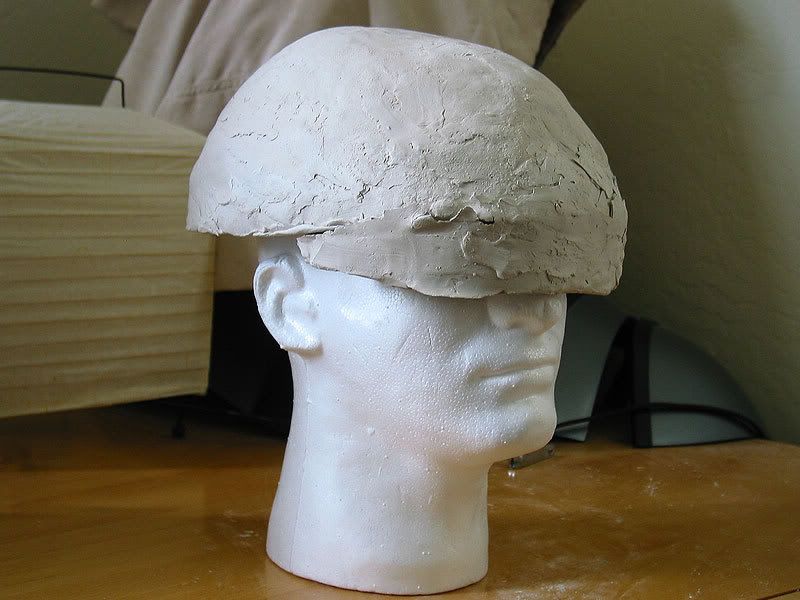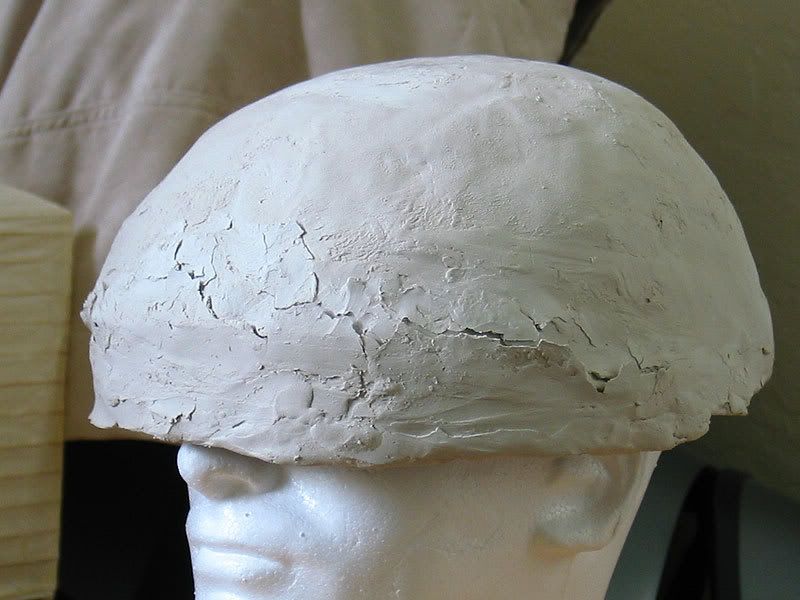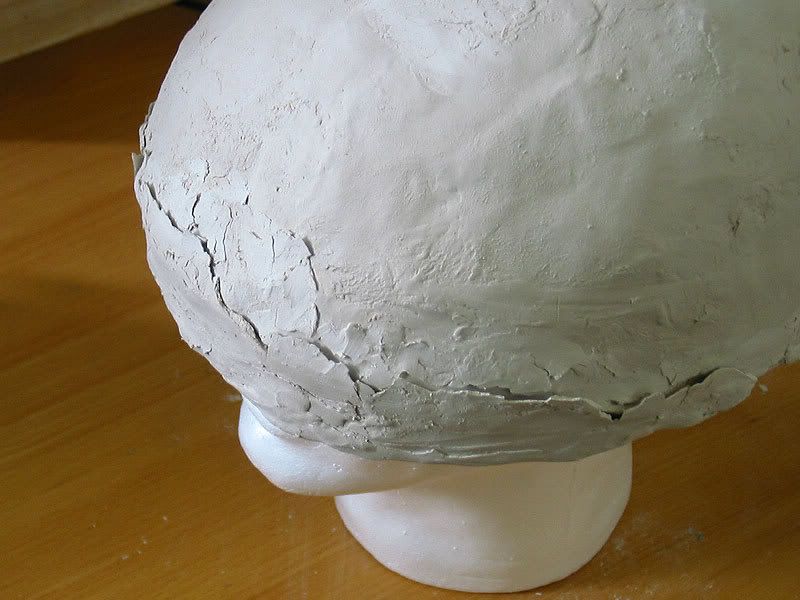CSMacLaren
Sr Member
I've not touched clay since I was a kid. I have some good experience with epoxy putties, sanding, filing and shaping. I wanted to scratch-build a helmet and figured that clay would be inexpensive. Now, normally I'm used to stuff like AquaMend where it cures in about 12-20 minutes and I can build a bit at a time. I primarily rely on a handheld electric sander and a variety of Nicholson files and detailing files.
My main question with clay is that do people allow it to dry and then add on parts they need? I want to do this a bit at a time rather than to attempt the whole shebang all at once. Let me know if that approach is wrong or not.
What I find is that when I add to clay, it peels and cracks.



Unless I slip clay into the cracks to "glue" them together, parts that I add might break off. My goal was to approximate a skullcap first, then sand it down to shape.
Now, I'm approaching clay with an epoxy-putty mentality, so let me know I'm off base here with my approach.
Thanks.
My main question with clay is that do people allow it to dry and then add on parts they need? I want to do this a bit at a time rather than to attempt the whole shebang all at once. Let me know if that approach is wrong or not.
What I find is that when I add to clay, it peels and cracks.



Unless I slip clay into the cracks to "glue" them together, parts that I add might break off. My goal was to approximate a skullcap first, then sand it down to shape.
Now, I'm approaching clay with an epoxy-putty mentality, so let me know I'm off base here with my approach.
Thanks.
